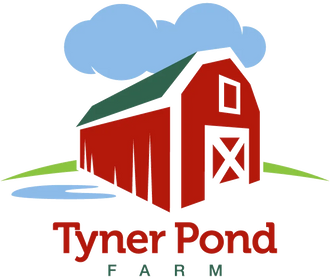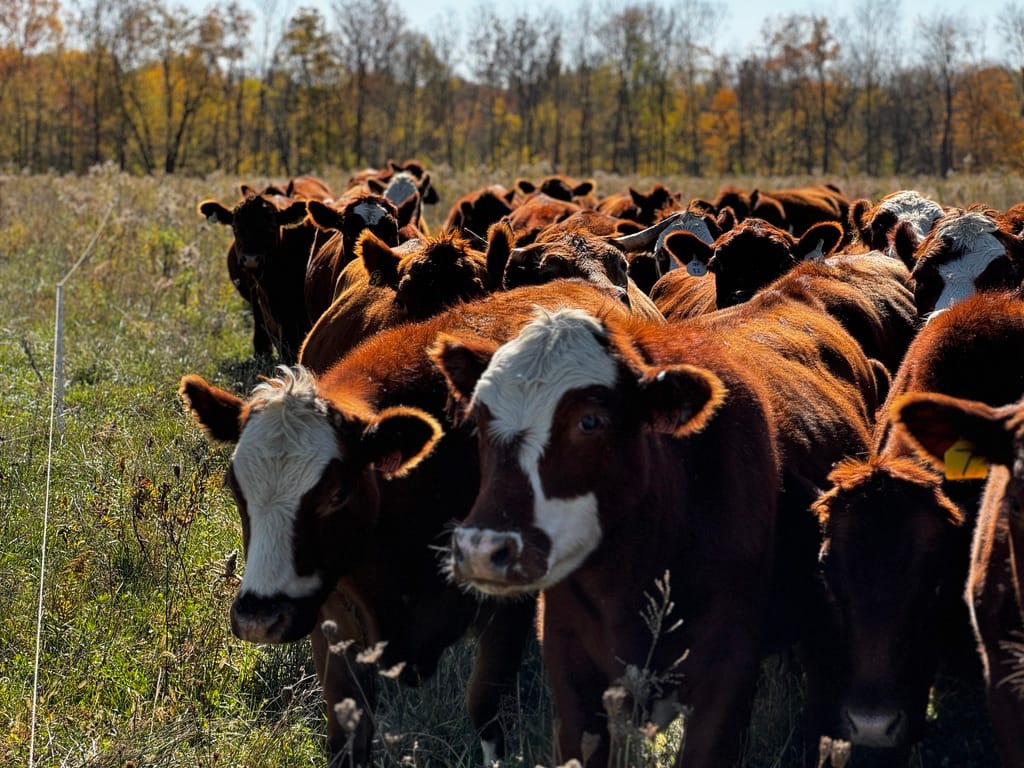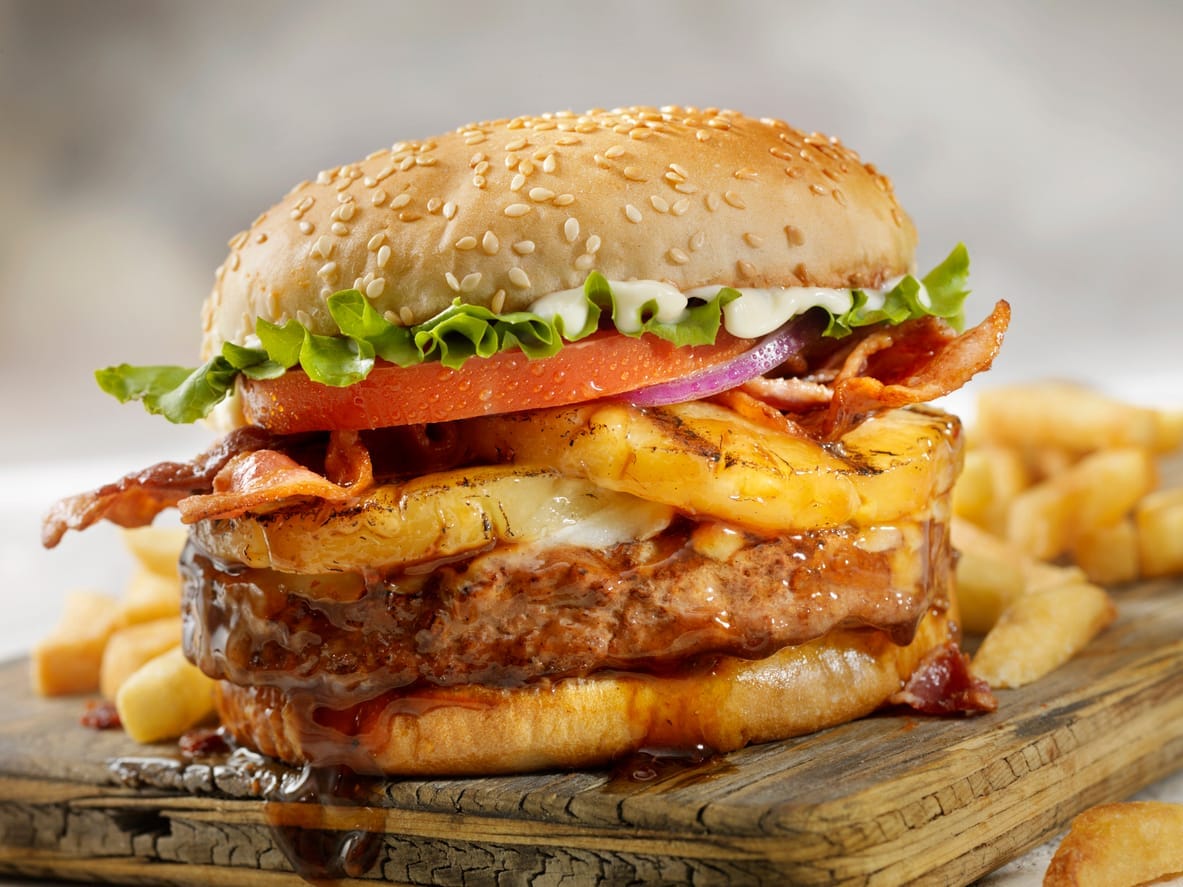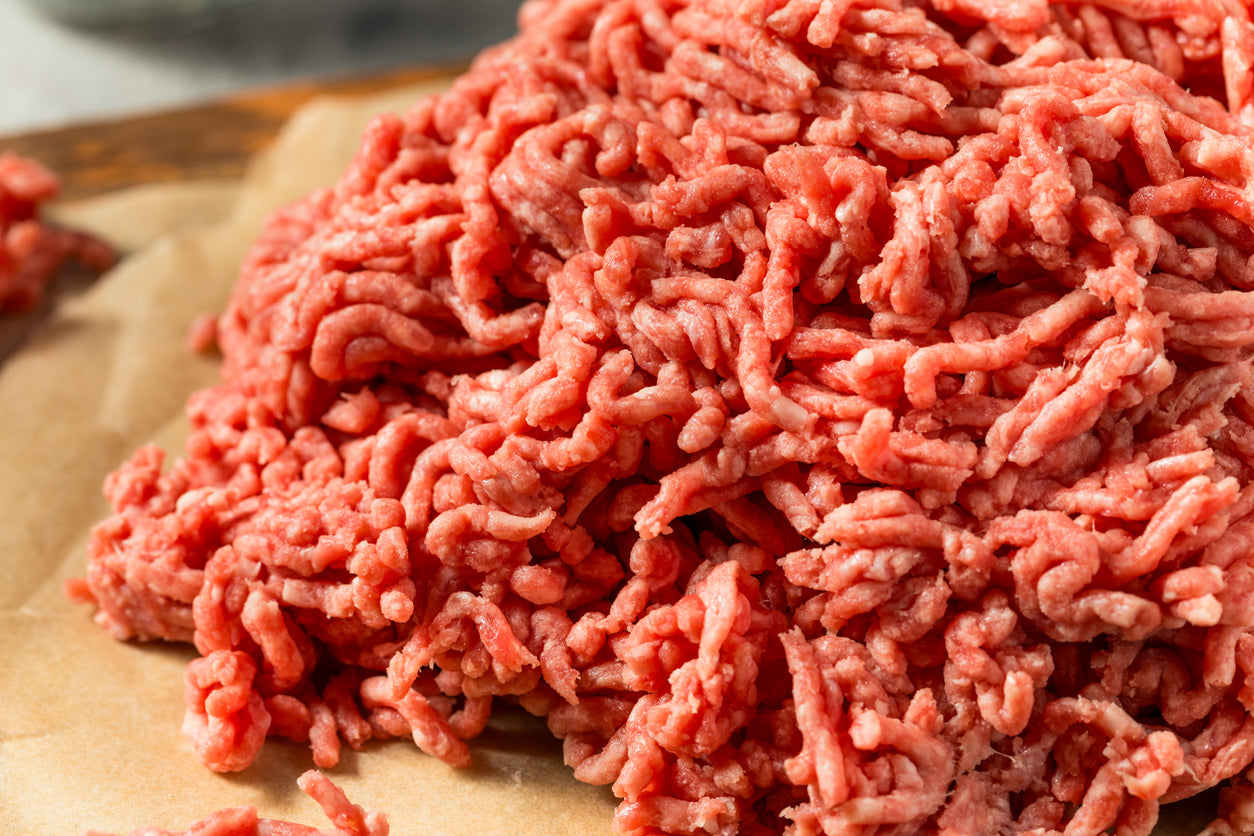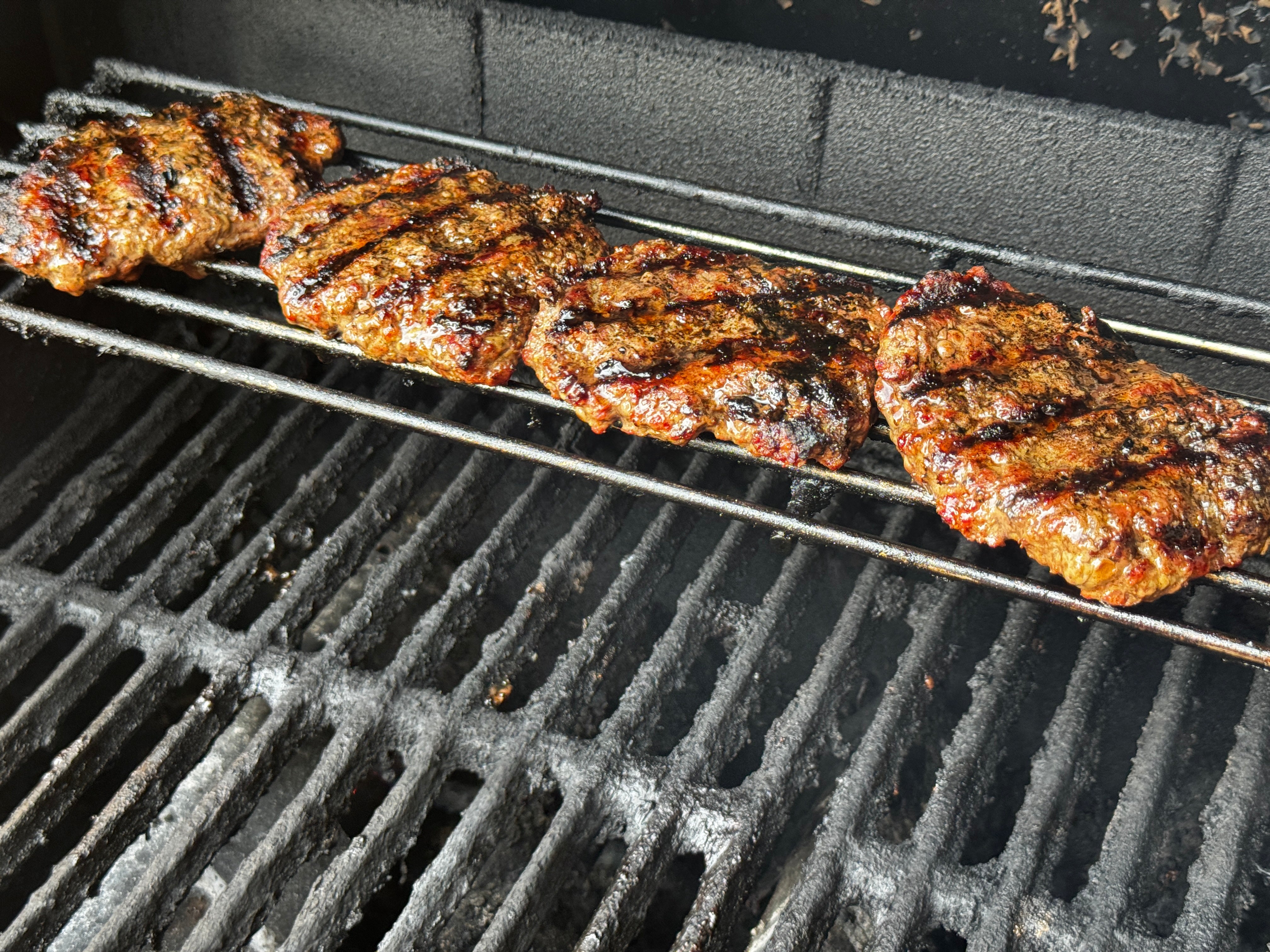
Surprised to Learn HoneyBaked Ham is an Ultra-Processed Food?
Why Store Bought HoneyBaked Ham is Actually Ultra-Processed
(And How to Make a Real, Natural Version at Home)
One of my personal goals this year has been to eliminate all ultra-processed foods from my diet, a mission that’s opened my eyes to just how many foods, often marketed as natural or wholesome, are actually anything but. The reality is that many of the items we consider traditional or “real” foods are, in fact, filled with additives, preservatives, and artificial ingredients that turn them into ultra-processed products. HoneyBaked Ham is a perfect example—a popular holiday staple that, on closer inspection, isn’t the simple, natural food it might seem to be.What Makes HoneyBaked Ham an Ultra-Processed Food?*
When you think of ultra-processed foods, things like sugary snacks or salad dressings likely come to mind. Yet, the NOVA classification system defines ultra-processed foods as those packed with artificial ingredients, preservatives, and other additives—criteria that surprisingly apply to HoneyBaked Ham. Here’s why:Loaded with Additives and Preservatives:
HoneyBaked Ham contains a surprising range of additives, including sodium lactate, sodium phosphate, sodium diacetate, sodium erythorbate, and sodium nitrate. These additives help preserve the meat, enhance flavor, and improve texture, but they are highly processed compounds far removed from the natural state of food. Sodium nitrates, for instance, are commonly added to processed meats for preservation but come with potential health risks, particularly related to heart disease and diabetes.Artificial Ingredients as Flavor Fillers:
Despite the name “HoneyBaked,” a typical HoneyBaked Ham often doesn’t contain any real honey.Despite the name, most HoneyBaked Hams actually do not contain real honey. Instead, they rely on a combination of sugar, corn syrup, and artificial flavorings to create a "honey-like" taste. This use of artificial ingredients and sweeteners instead of actual honey is one reason HoneyBaked Ham is considered an ultra-processed product. This is a classic tactic in ultra-processed foods: invoking the idea of real ingredients without actually using them. You’ll often find modified food starch and maltodextrin on the ingredient list—both heavily processed additives that mimic certain textures or tastes but add nothing of real nutritional value.
Intensive Processing for Taste and Shelf Life:
The curing and glazing processes involved in producing HoneyBaked Ham rely heavily on industrial methods. These methods extend the shelf life and make the ham appealing to look at and taste, but they detract from the simplicity and integrity of a naturally cured ham. Ultra-processed foods are often more about convenience and visual appeal than true nutritional quality, and the HoneyBaked Ham is no exception.Health Concerns with Chemical Additives:
Additives like nitrates and sodium phosphates, commonly used in processed meats, have raised health concerns. While these compounds help keep the product stable for longer, they are associated with potential health issues, prioritizing shelf life over real food value. For those of us focused on nutrient-dense, whole foods, these added chemicals are a red flag. The contrast between this highly processed ham and the natural, minimally handled meats we focus on at Tyner Pond Farm is stark. While the HoneyBaked Ham may be convenient, it doesn’t align with the principles of clean, local, and sustainable food. For those who, like me, are working toward reducing ultra-processed foods, there is a satisfying alternative: making your own honey-glazed ham at home, with real ingredients you can trust.Recipe: Authentic Honey-Glazed Ham
If you want a true honey-glazed ham without the additives, here’s a recipe that keeps it simple, using real honey, spices, and quality meat.Ingredients
- 1 bone-in or boneless natural ham (4–5 pounds)
- 1/2 cup pure honey
- 1/4 cup brown sugar (or maple sugar, if you prefer)
- 1/4 cup Dijon mustard
- 1/2 teaspoon ground cinnamon
- 1/4 teaspoon ground cloves
- 1/4 teaspoon ground ginger
- 1/4 teaspoon black pepper
- Whole cloves (optional, for studding)
Instructions
- Prepare the Ham: Preheat your oven to 325°F. If your ham has a layer of fat, score it in a diamond pattern without cutting too deep. Optionally, you can stud the intersections with whole cloves.
- Make the Glaze: In a small saucepan, combine the honey, brown sugar, Dijon mustard, cinnamon, cloves, ginger, and black pepper. Warm it gently over low heat, stirring until smooth. This glaze contains only real ingredients for natural flavor.
- Glaze the Ham: Place the ham in a roasting pan, cut side down. Brush on a layer of glaze, covering all sides.
- Bake: Cover the ham loosely with foil and bake for 1 to 1.5 hours, basting with glaze every 20–30 minutes, until it reaches an internal temperature of 140°F.
- Caramelize the Glaze: For a beautiful, caramelized finish, remove the foil for the last 15–20 minutes, brush with a final layer of glaze, and increase the oven temperature to 400°F.
- Serve: Allow the ham to rest for 10 minutes before carving. Serve with any remaining glaze on the side for extra flavor.
Tyner Pond Ham Ingredients
Tyner Pond Farm ham has a simple, clean ingredient list, free from artificial additives and chemical preservatives. Based on the image you provided, here are the curing ingredients:- Pork
- Water
- Sea Salt
- Natural Flavoring (including celery juice powder, which contains sea salt)
- Brown and Maple Sugar (100% maple sugar)
- Cinnamon
- Clove
- Bone-in spiral sliced ham
- Water
- Salt
- Sodium lactate
- Sugar
- Sodium phosphate
- Sodium diacetate
- Sodium erythorbate
- Sodium nitrate
- Sugar (sucrose and/or corn syrup)
- Dextrose
- Modified Food Starch
- Maltodextrin
- Sodium Lactate
- Sodium Phosphate
- Sodium Diacetate
- Sodium Erythorbate
- Sodium Nitrite
- Artificial Flavorings
- Spices (often unspecified)
- Caramel Color
Tags:
Previous post
Complicated and Complex Systems Aren’t the Same Thing
Next post
